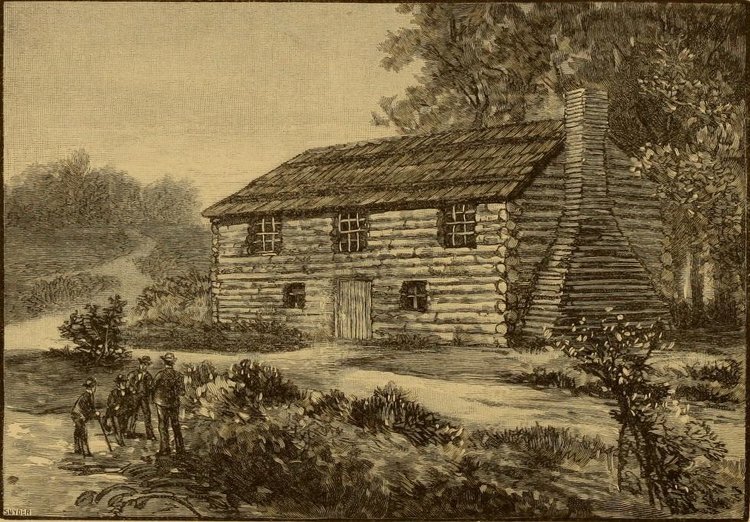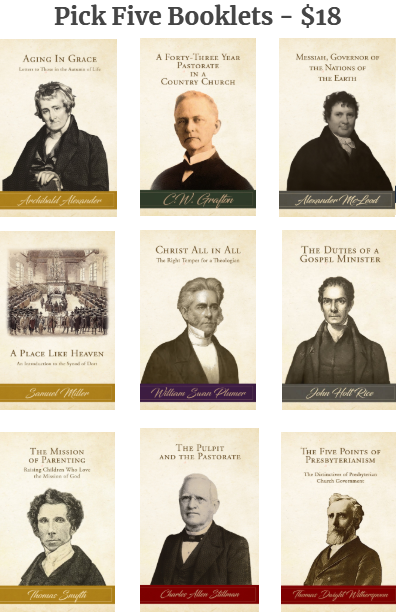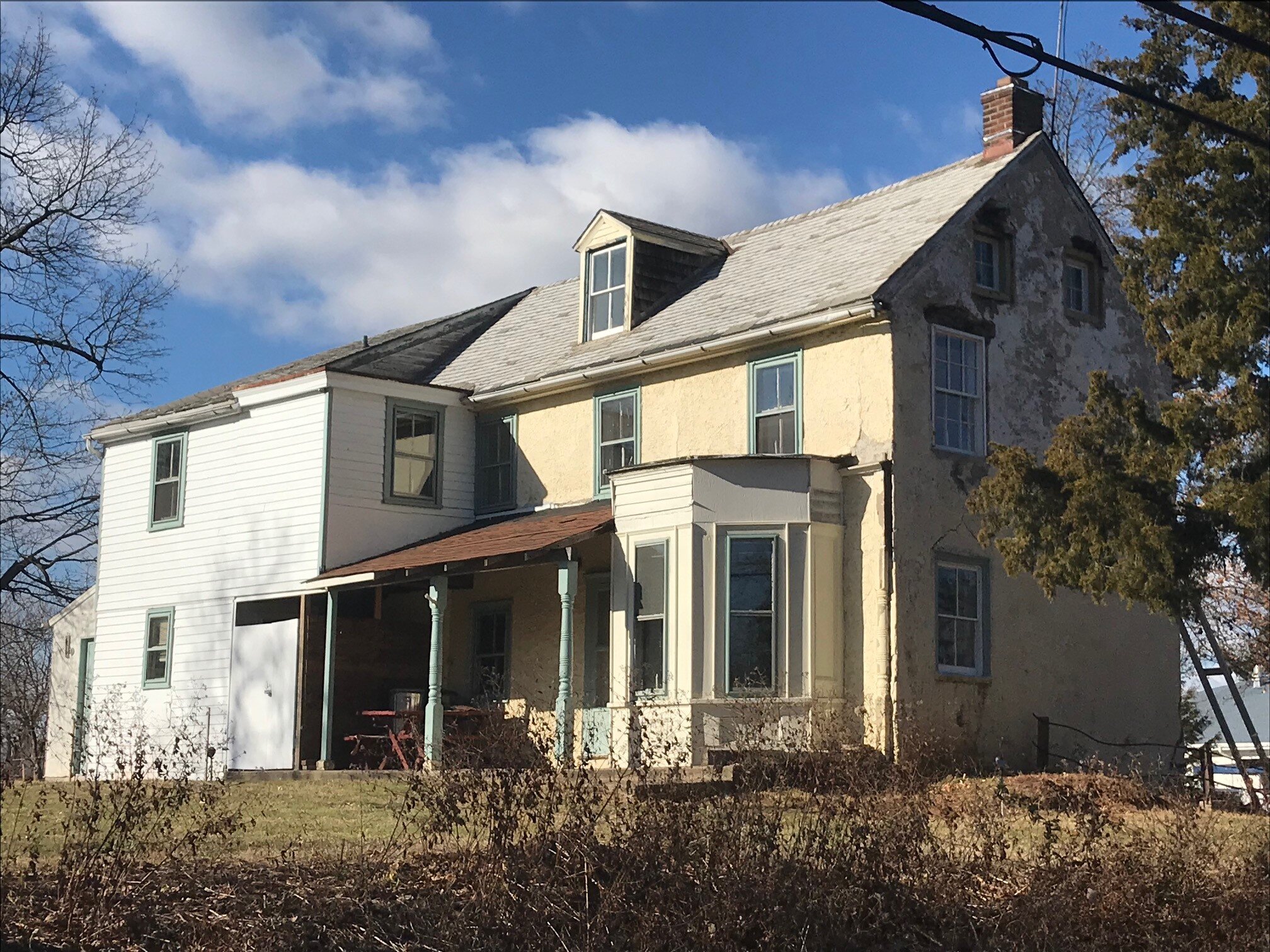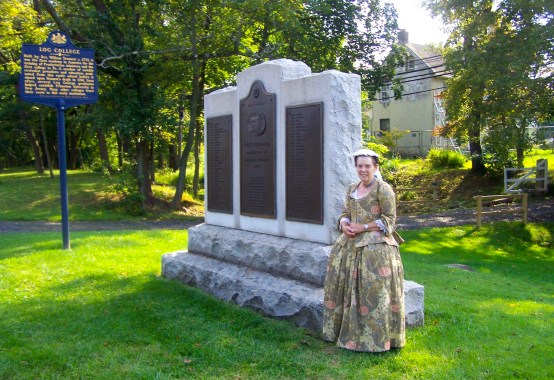Receive our blog posts in your email by filling out the form at the bottom of this page.
[William] Tennent, the lone teacher at the Log College, earnestly desired to educate men for the ministry. The intended design of the Log College's instruction was to prepare faithful ministers of the Gospel. Therefore, Tennent attempted to maintain a balanced emphasis between 'piety and learning' — complementary components of ministerial training. For Tennent, a theological education without a godly life was useless. — 𝐆𝐚𝐫𝐲 𝐄. 𝐒𝐜𝐡𝐧𝐢𝐭𝐭𝐣𝐞𝐫, 𝑇ℎ𝑒 𝐼𝑛𝑔𝑟𝑒𝑑𝑖𝑒𝑛𝑡𝑠 𝑜𝑓 𝐸𝑓𝑓𝑒𝑐𝑡𝑖𝑣𝑒 𝑀𝑒𝑛𝑡𝑜𝑟𝑖𝑛𝑔: 𝑇ℎ𝑒 𝐿𝑜𝑔 𝐶𝑜𝑙𝑙𝑒𝑔𝑒 𝑎𝑠 𝑎 𝑀𝑜𝑑𝑒𝑙 𝐹𝑜𝑟 𝑀𝑒𝑛𝑡𝑜𝑟𝑠ℎ𝑖𝑝 (1994)
𝑊𝑖𝑙𝑙𝑖𝑎𝑚 𝑇𝑒𝑛𝑛𝑒𝑛𝑡 𝑇𝑎𝑙𝑘𝑖𝑛𝑔 𝑡𝑜 𝐶ℎ𝑎𝑟𝑙𝑒𝑠 𝐵𝑒𝑎𝑡𝑡𝑦 𝑎𝑡 𝑡ℎ𝑒 𝐿𝑜𝑔 𝐶𝑜𝑙𝑙𝑒𝑔𝑒 [Presbyterian Historical Society].
A recent trip to the William Smith Morton Library at Union Presbyterian Seminary in Richmond, Virginia led to the finding of a rare treasure held in the archives there: a copy of the Gospels and Acts in both Greek and Latin that was once owned and used by William Tennent for instruction at the original Log College. Director of Archives and Special Collections Ryan Douthat, in particular, was of invaluable assistance in locating this special volume.
A copy of the Gospels and Acts in Greek and Latin once owned by William Tennent, Sr. and utilized by him in his education program at the Log College. Union Presbyterian Seminary Library notes indicate that this volume was published in 1699 (photo by R. Andrew Myers).
This volume contains the inscriptions of William Tennent, Sr. (dated 1736) and John Charles Tennent (great-grandson of William Tennent, Sr., son of William Tennent III) (photo by R. Andrew Myers).
Matthew chapter 1 in Greek and Latin (photo by R. Andrew Myers).
Appended to the volume is a note describing its provenance (it was handed down from one generation of the Tennent family to the next and ultimately presented to the Union Seminary Library in 1907 by Anna M. Tennent, great-great-great-grand-daughter of William Tennent, Sr.) (photo by R. Andrew Myers).
It was a remarkable experience to hold in one’s hands a volume of Scripture that was employed by the founder of the Log College in the education of his students. The book serves as a tangible reminder of the linguistic skills of William Tennent as well as the wedding of piety to education which characterized his method of instruction.







































